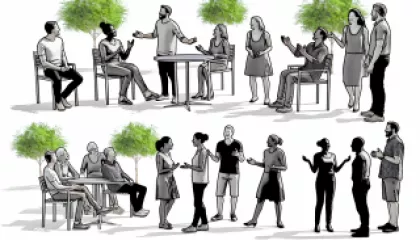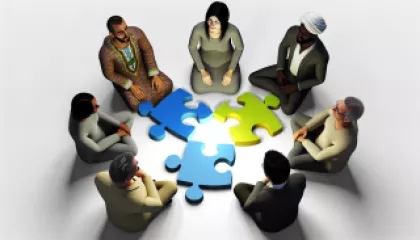מה שמציף את הסקרנות שלי כל יום הוא לפצח את הקוד של התנהגות האנושית. בשם שקד יעקב, אני מוצאת עצמי נמשכת לתעלומות של התודעה והפסיכולוגיה של הספורט.
העולם הזה, שבו גוף ונפש נפגשים על מגרש המשחק, מרתק אותי. אני מאמינה שכל אחד יכול לגלות בתוכו ספורטאי, בין אם ברמה המקצועית או רק לצורך הנאה ושיפור הבריאות הנפשית.
במשך שלוש השנים האחרונות, נסעתי במסע של התמקצעות והתמדה, חוקרת את הקשרים ההדוקים בין האתגרים הפיזיים לבין העולמות הפנימיים שלנו. אני תמיד מחפשת את הדרך להקנות כלים חדשים למי שמתמודד עם אתגרים נפשיים, תוך שאני נענית לשאלות אישיות ומקצועיות שעולות במהלך התהליך.
אני מאמינה שהמפתח להבנה עמוקה יותר של עצמנו ושל האחרים נמצא בהקשבה, בסקרנות ובחקירה. לכן, אני מתמקדת בלהיות נוכחת עבורכם, לחולל שינוי ולהניע לפעולה, תוך כדי שאני לומדת מכל אחד ואחת מכם.
התשוקה שלי לפסיכולוגיה של הספורט מובילה אותי לחקור תמיד, לשאול שאלות ולחפש תשובות, כדי שיחד נוכל לגלות את הכוחות הפנימיים שלנו ולהשתמש בהם לשיפור החיים שלנו. זה מסע מרתק, ואני כאן כדי ללוות אותך בכל צעד ושעל.




